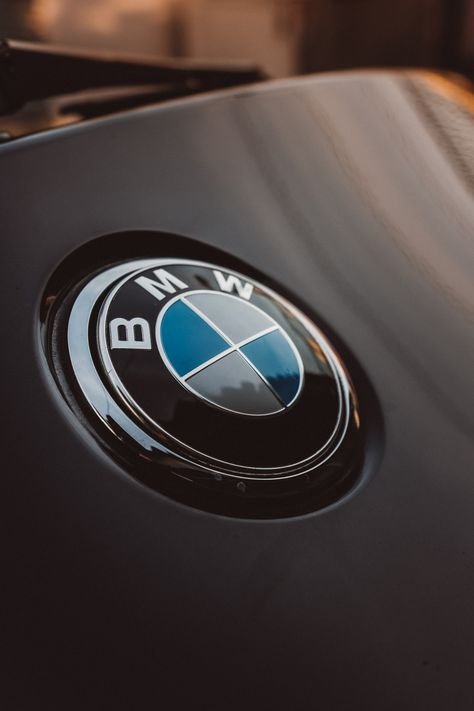
India’s automobile industry has witnessed significant fluctuations over the years, driven by various economic, environmental, and social factors. In the first quarter of the 2024-25 fiscal year, the sector posted a substantial growth of 9.4 percent compared to the same period last fiscal, according to data shared by the Federation of Automobile Dealers Associations (FADA). This growth, predominantly driven by a spike in two-wheeler (2W) and three-wheeler (3W) sales, showcases the resilience and dynamism of the Indian automobile market. This article delves into the details of this growth, analyzing the factors contributing to the rise, the challenges faced, and the future outlook for the industry.
The Growth Drivers
Two-Wheeler Segment: Leading the Charge
The two-wheeler segment emerged as the primary driver of growth, posting an impressive 12.56 percent year-on-year (YoY) increase. This surge can be attributed to several factors:
- Rural Demand: The recovery in the two-wheeler segment is largely due to emerging performance in rural areas. Despite early challenges, rural demand has shown promise, driven by improved agricultural income and increased mobility needs.
- Electrification: The shift towards electric two-wheelers has also contributed to the growth. With the government’s push for electric mobility and increasing consumer awareness, electric two-wheelers are gaining traction.
- Affordability and Accessibility: Two-wheelers remain the most affordable and accessible mode of personal transportation for a significant portion of the Indian population, further driving sales.
Three-Wheeler Segment: Electrification Boost
The three-wheeler segment saw an 11.36 percent rise in sales. The notable electrification in this segment has been a key growth driver:
- Government Incentives: Government incentives for electric vehicles (EVs) have made electric three-wheelers more affordable and attractive to consumers.
- Commercial Use: The rise in demand for last-mile connectivity solutions has boosted sales of three-wheelers, particularly electric ones, which are cost-effective and environmentally friendly.
- Urban Mobility: Three-wheelers continue to be a popular choice for urban mobility, offering a convenient and affordable mode of transportation in crowded cities.
Passenger Vehicles: Modest Growth Amidst Challenges
- Passenger vehicles (PV) experienced a modest growth of 2.53 percent. While this segment is already at an all-time high, it faces several challenges that have tempered growth:High
- Competition: The PV segment is highly competitive, with numerous brands vying for market share. This has led to excess supply and aggressive discounting, impacting profit margins.
- Environmental Factors: Extreme heat and delayed monsoons have adversely affected consumer sentiment and showroom walk-ins, leading to a drop in sales.Market Liquidity
- Issues: Financial constraints and limited financing options have also impacted consumer purchasing power, affecting sales in this segment.
Commercial Vehicles: A Slowdown
Commercial vehicles (CV) posted a marginal growth of 0.7 percent, reflecting a slowdown due to various factors:
- Election Period: The electoral period in April dampened sentiment and caused delays in infrastructure projects, which are critical drivers of CV sales.
- Financing Challenges: Limited financing options have made it difficult for businesses to invest in new commercial vehicles.
- Regional Challenges: Issues such as water scarcity in certain regions have further impacted the demand for commercial vehicles.
The Decline in Tractor Sales
The tractor segment faced a significant decline of 12.44 percent. This drop can be attributed to several factors:
- Delayed Monsoons: The monsoon’s delayed advancement and the severe heatwave in northwest India have adversely affected agricultural activities, leading to reduced demand for tractors.
- Sowing Delays: The prolonged dry spell delayed the sowing operations of kharif crops in northern and north-western regions, impacting the need for tractors.
- Rural Economic Challenges: Economic challenges in rural areas have also contributed to the decline in tractor sales.
Environmental and Market Challenges
Impact of Extreme Heat
The severe heatwave in northwest India has had far-reaching effects on the automobile market. The intense heat has not only delayed agricultural activities but also affected consumer behavior. Showroom walk-ins dropped by 18 percent in May, and inventory levels reached an all-time high of 62 to 67 days by the end of June.
Delayed Monsoons
The delayed monsoons have exacerbated the challenges faced by the agricultural sector, which, in turn, has impacted rural sales of automobiles. The lack of timely rainfall has affected crop sowing, leading to economic difficulties for farmers and reduced demand for vehicles.
Industry Responses and Future Outlook
Strategic Adjustments
The industry has been making strategic adjustments to navigate these challenges. FADA’s president, Manish Raj Singhania, emphasized the importance of prudent inventory control, improved financing options, and strategic planning to ensure the sector’s resilience and sustained growth.
Electrification and Innovation
Electrification remains a key focus for the industry, with increasing investments in electric two-wheelers and three-wheelers. Innovation in this space is expected to drive future growth, particularly as consumers become more environmentally conscious and government policies continue to support electric mobility.
Customer Experience and Dealer Synergy
Enhancing the customer experience and revitalizing dealer synergy are critical to the industry’s future success. By focusing on customer satisfaction and improving dealer operations, the industry can build stronger relationships with consumers and drive higher sales.
The first quarter of the 2024-25 fiscal year has been a period of significant growth and challenges for India’s automobile industry. While two-wheelers and three-wheelers have led the charge, passenger vehicles and commercial vehicles have faced a more challenging environment. The decline in tractor sales highlights the impact of environmental factors on the market.
As the industry continues to navigate these challenges, strategic adjustments, innovation, and a focus on customer experience will be key to sustained growth. The future of India’s automobile market looks promising, driven by electrification and a resilient approach to overcoming obstacles.
ALSO READ: Mercedes-Benz | A Legacy of Innovation and Luxury





